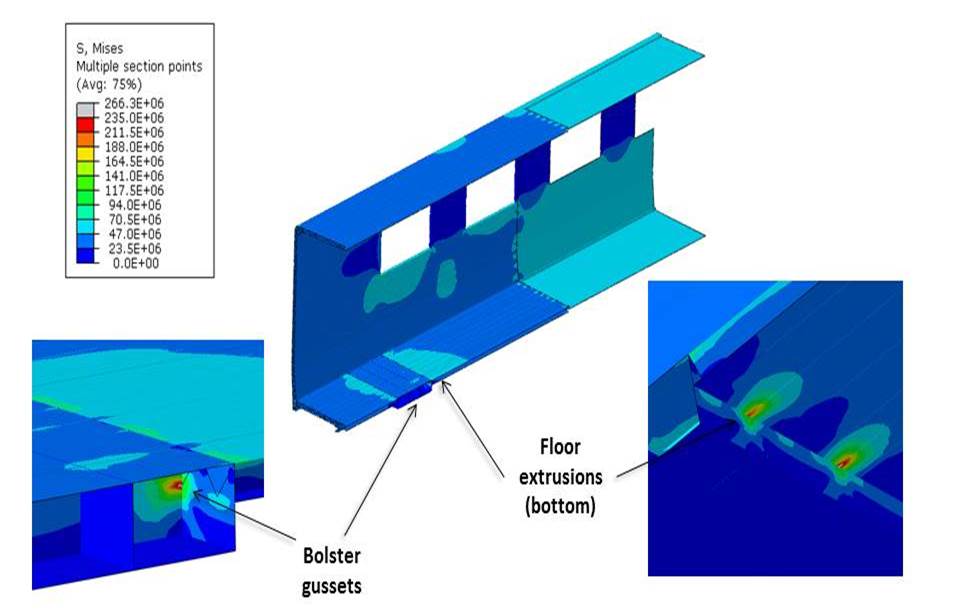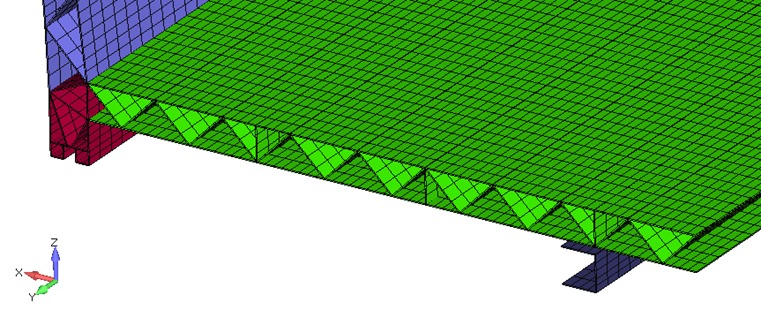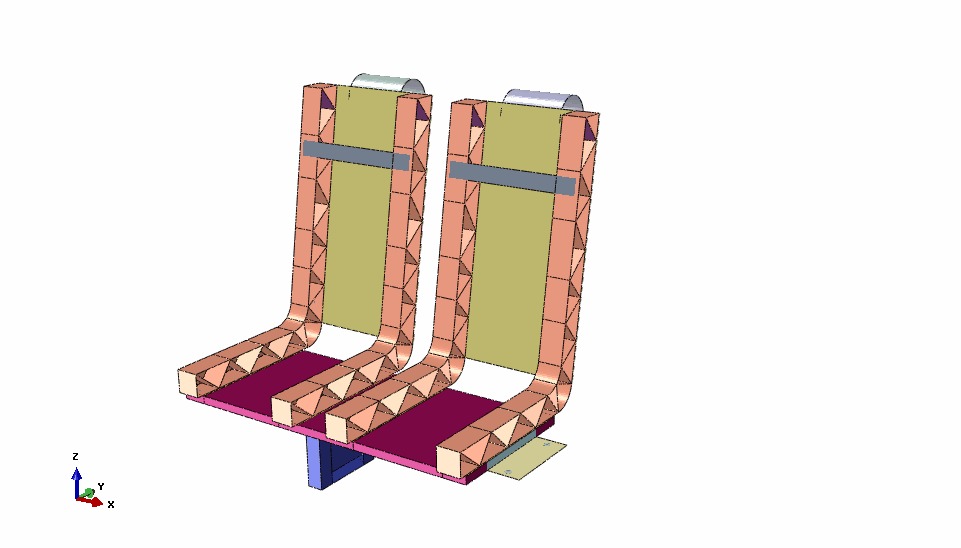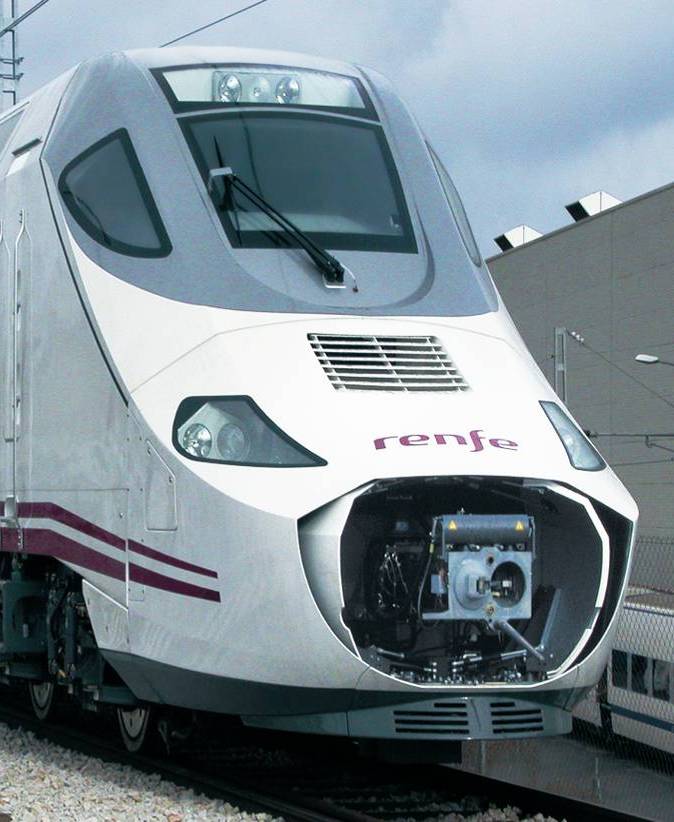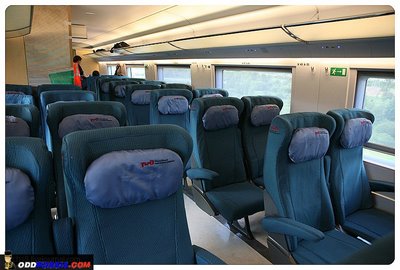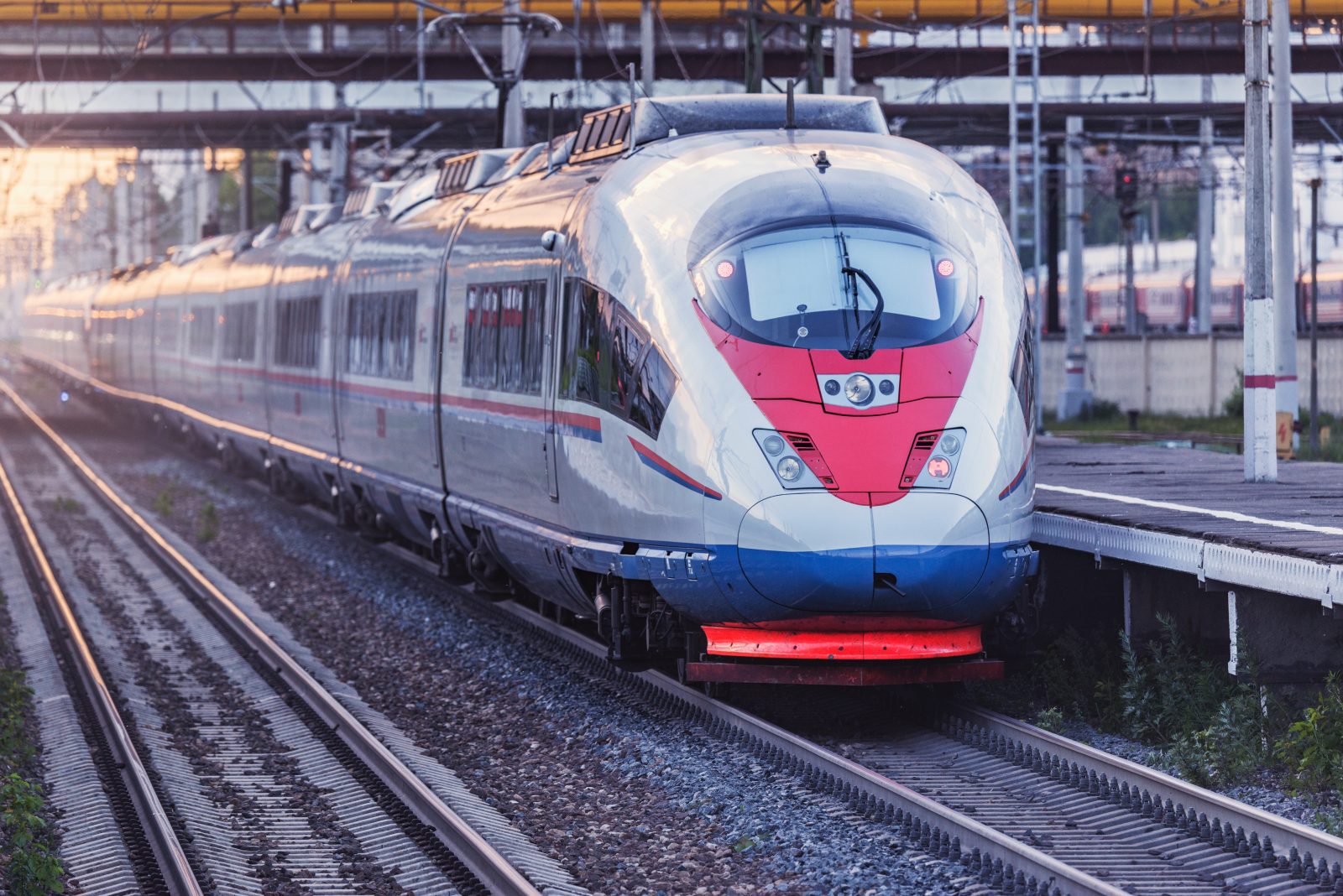Washington, DC
Crash Performance for Lightweight, High Speed Trains
Scope/Solutions
The high speed train industry relies on relatively lightweight equipment to conserve energy and to minimize the effects on infrastructure and rolling stock design. Recent crashworthiness recommendations presented by the Federal Railroad Administration (FRA) Engineering Task Force (ETF) to improve collision safety could lead to increased train weight and the high speed train industry requested further evaluation. Working for the FRA, SGH evaluated existing technology and the resulting impact on the weight of the train.
For this project, SGH identified the existing systems listed below and assessed the effects of the higher level of performance on weight.
- Occupied volume structure
- Energy absorption systems and components
- Coupler technologies, including pushback couplers
- Anti-climbing systems
- Interior components, including seats
- Fire protection systems
SGH’s work on this project also included the following tasks:
- Investigation of current lightweight train component technology in Europe and Asia
- Investigation of lightweight technologies in other industries, including the aircraft industry
- Finite element analysis to establish a relationship between crash performance and weight for vehicle strength, seat strength, and structural fire resistance
Project Summary
Solutions
New Construction
Services
Advanced Analysis
Markets
Infrastructure & Transportation
Client(s)
Federal Railroad Administration
Specialized Capabilities
Computational Mechanics
Additional Projects
Mid-Atlantic
The Colonade Apartments Parking Structure Demolition
A portion of The Colonade’s parking structure, constructed with precast concrete plank supported on precast prestressed concrete beams, was beyond repair. SGH worked with the demolition contractor to develop construction documents for the selective demolition of the structure.
Mid-Atlantic
Downtown Cary Park Bridges
Encompassing seven acres in the center of Cary, North Carolina, the park includes winding paths that carry visitors between outdoor features—such as children's play areas, game courts, gardens, and a dog park—and to interior spaces like the marketplace, gathering house, and special event pavilion.
